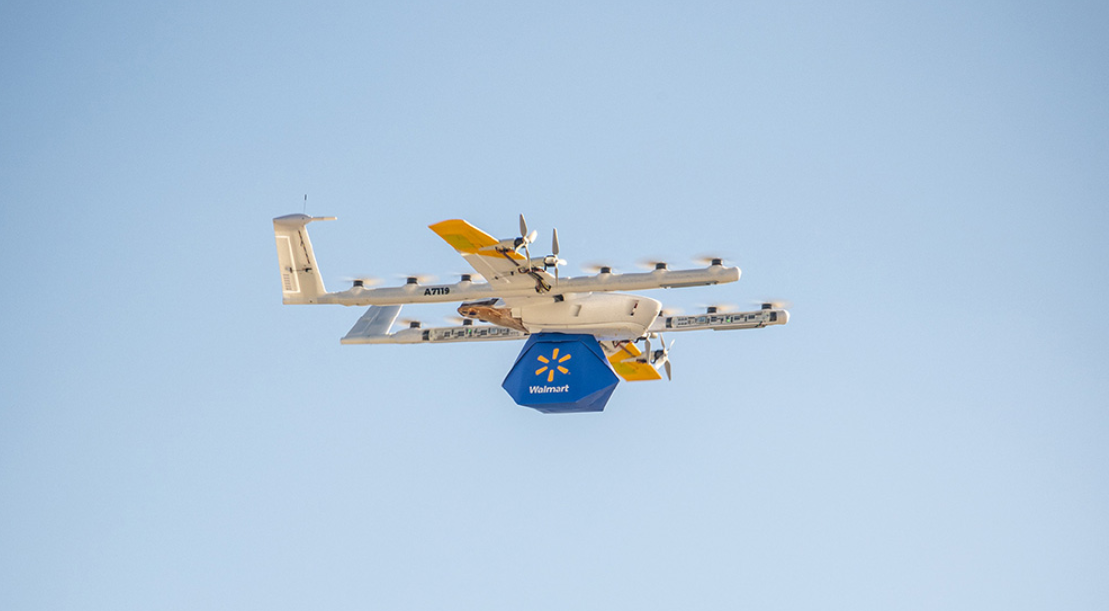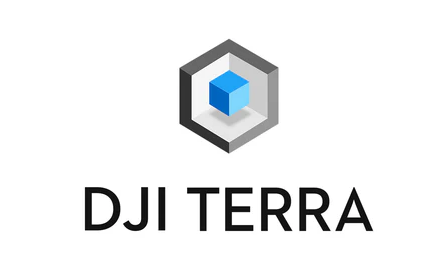
Imagine a critical blood transfusion arriving not by ambulance battling traffic, but by a silent autonomous aircraft dropping its lifesaving cargo via parachute with pinpoint accuracy, minutes after the order is placed. This isn't science fiction; it's the reality pioneered by the Zipline Delivery Drone. This article dives deep into how Zipline, arguably one of the most impactful drone companies globally, is radically transforming urgent delivery, particularly in healthcare, using cutting-edge autonomous drone technology to save lives and redefine speed, access, and efficiency beyond traditional logistics capabilities.
The Genesis of Zipline Delivery Drone: More Than Just Packages
Founded in 2014 with a profound humanitarian mission, Zipline didn't set out initially to deliver pizza or the latest gadget. Its core purpose was solving a devastating problem: the lack of timely access to life-saving medical supplies, especially blood, in remote and underserved regions of Rwanda and later Ghana. Traditional ground transportation, hampered by poor infrastructure, distance, and traffic, proved fatal for many. The Zipline Delivery Drone system emerged as an ingenious solution, designed specifically for speed, reliability, and operating in challenging environments where roads fail. This focus on critical, urgent logistics from day one set Zipline apart from competitors focused primarily on e-commerce.
Unpacking the Zipline Delivery Drone Technology: How It Actually Works
The magic of Zipline lies in its seamless integration of hardware, software, and logistics infrastructure into a highly reliable service, often referred to as an "instant logistics" system.
The Zipline Drone (Platform): A Flying Logistics Marvel
Zipline's fixed-wing drones, distinct from common quadcopters, are electric aircraft optimized for efficiency and range. Designed and manufactured by Zipline, they boast a wingspan of about 2-3 meters and can carry payloads of up to 1.75kg (approximately 3.9 lbs) over distances exceeding 100 miles (160km) roundtrip on a single charge – crucial for covering vast rural areas. Their fixed-wing design allows for significantly faster flight speeds (around 100 km/h) and longer range compared to battery-hungry multirotor drones, making them perfect for the long-distance urgent deliveries Zipline specializes in.
The Famous "Precision Drop": No Landing Required
Perhaps Zipline's most recognized innovation is its contactless, Precision Parachute Delivery system. Instead of landing, the drone flies to the precise GPS coordinates of the delivery location (like a health clinic), descends to a low altitude (approx. 20-35 meters), and releases the payload – securely packed in a custom-designed biodegradable paper box – attached to a small, unique parachute. This parachute ensures a gentle, controlled descent right to the doorstep. Healthcare workers receive an SMS alert before arrival and simply step outside to collect the package seconds after it lands. This eliminates the need for complex landing infrastructure, extensive safety clearances, or human interaction at the delivery point, drastically simplifying operations and enabling ultra-rapid turnarounds, often within 5-10 minutes of ordering for nearby locations.
Autonomous Flight and Fleet Management: The Brains Behind the Operation
Zipline drones operate almost entirely autonomously. Flights are managed from central "Nest" distribution centers. Operators load the payload and input the destination; the sophisticated flight control software then plans the optimal route, communicates with the drone via redundant cellular networks, and monitors its entire journey in real-time, handling takeoff, navigation, delivery execution, and return landing automatically. Zipline's proprietary Autonomous Flight Systems constantly analyze weather, airspace data, and drone performance, enabling safe operations day and night, in varied conditions. This high level of autonomy allows a single center to manage numerous concurrent flights over vast territories.
The Transformative Impact of the Zipline Delivery Drone System
The results speak volumes about Zipline's efficacy:
Lifesaving Speed: Reducing delivery times for critical medical supplies like blood, vaccines, and antivenom from hours (or even days) to minutes. This drastic reduction directly translates to lives saved, particularly in obstetric emergencies and cases requiring urgent blood transfusion.
Unprecedented Access: Reaching remote villages and health outposts previously isolated by distance, terrain, or poor road infrastructure. The drone essentially "flattens" geography, ensuring equitable access to essential medicines regardless of location. Millions of people across multiple countries now live within minutes of essential medical products.
Enhanced Efficiency & Reduced Waste: Hospitals and clinics can maintain smaller, leaner inventories knowing that essential supplies can be restocked rapidly on-demand via drone. This "just-in-time" delivery reduces spoilage (critical for temperature-sensitive items when equipped with special packaging) and lowers overall healthcare logistics costs. Zipline boasts delivery success rates exceeding 99%.
Resilience & Disaster Response: Zipline Delivery Drone networks provide critical logistical resilience during natural disasters or emergencies when roads are impassable. They've delivered COVID-19 test samples and vaccines, and stand ready to support responses to floods, earthquakes, and other crises.
Explore how Zipline stacks up against other innovators in our guide to the Top 7 Delivery Drone Companies Revolutionizing Logistics in 2025.
Beyond Blood: Zipline's Expansion and Platform 2 (P2 Zip)
Building on its proven success in medical logistics, Zipline is strategically expanding:
Geographic Expansion: Moving beyond Africa to serve communities in the United States (partnering with healthcare systems like Intermountain Health and Michigan Medicine for on-demand medical deliveries), Japan (collaborating with Toyota Tsusho and retailers), and other countries. This expansion demonstrates the universal applicability of their model.
Product Diversification: While healthcare remains core, Zipline now delivers retail goods (especially groceries and consumer products) in select markets like the US (Walmart partnership) and Japan, proving the platform's versatility for instant, on-demand delivery of diverse items.
Introducing Platform 2 (P2 Zip & the Droid): This revolutionary evolution, launched in the US, combines fixed-wing long-range drones with autonomous, ground-based "Droids" for precise deliveries. The fixed-wing drone efficiently flies to a general area near the delivery address, then transfers the package to a small, highly maneuverable Droid. This Droid navigates sidewalks and obstacles to deliver the package quietly, with centimeter-level accuracy, directly to a specific doorstep, patio, or even a picnic blanket in a park, within minutes. Crucially, P2 allows the main drone to stay airborne during transfers, maximizing efficiency. This system opens up possibilities for ultra-fast, ultra-precise delivery even in dense urban and suburban environments where traditional drone landing is impractical or where highly specific drop-offs (like a backyard table) are required.
Considering integrating drones? Discover the key factors in our article on Where to Buy Delivery Drones in 2025: Your Ultimate Purchasing Guide.
The Future of the Zipline Delivery Drone Network
Zipline's trajectory points towards an increasingly integrated instant logistics layer for the planet. Key future aspects include:
Scaling Global Networks: Establishing denser networks covering more populations, handling significantly higher volumes of both medical and commercial deliveries simultaneously.
P2 Dominance: Wide deployment of the P2 system (drone + droid) in diverse environments to set a new standard for speed and convenience in suburban/rural package delivery and complex urban logistics.
Integration with Healthcare Systems: Deeper embedding within hospital supply chains, potentially managing critical inventories and deliveries autonomously within vast hospital campuses or networks.
Regulatory Leadership: Continued work with global aviation authorities (like the FAA) to shape regulations enabling complex automated operations, including BVLOS flight, dense operations, and integrated drone/droid systems – paving the way for wider industry adoption.
AI & Machine Learning: Enhanced use of AI for predictive logistics (anticipating demand), even more sophisticated route optimization accounting for dynamic conditions, and improved droid navigation in complex pedestrian environments.
Frequently Asked Questions (FAQs) About Zipline Delivery Drone
Q: How fast is a Zipline delivery?
A: Speed is Zipline's superpower. For deliveries within the immediate range of a distribution center (often 10-30 miles), turnaround times are typically just 5 to 15 minutes from order placement to delivery confirmation. This incredible speed makes it uniquely suited for time-critical medical supplies and on-demand convenience.
Q: How far can a Zipline drone fly on a single charge?
A: Zipline's current fixed-wing drones have an impressive roundtrip operational range exceeding 100 miles (160 kilometers). This extensive range allows a single distribution center ("Nest") to service a massive geographic area, covering thousands of square kilometers and reaching populations hundreds of thousands strong.
Q: What makes Zipline different from other delivery drones (like Amazon Prime Air)?
A: Several key distinctions:
Mission: Zipline pioneered large-scale, life-critical medical delivery first, focusing on urgent need.
Delivery Method: Zipline primarily uses contactless parachute drops (no landing), while many others require landing or complex last-meter solutions. Their new P2 system uses Droids for precision instead of landing the main drone.
Scale & Proven Track Record: Zipline operates extensive, continuous commercial services for governments and large corporations, having completed millions of autonomous deliveries – a scale unmatched by most competitors.
Long Range Focus: Zipline emphasizes covering large distances cost-effectively with fixed-wing designs, rather than just short urban hops.
Conclusion: The Sky is Not the Limit, It's the Highway
The Zipline Delivery Drone system represents far more than just a novel way to transport goods. It embodies a paradigm shift in logistics, healthcare access, and disaster response. By mastering the challenges of autonomy, range, precision delivery, and large-scale operations, Zipline has demonstrably saved lives and proven that instant, reliable aerial logistics at scale is not just feasible but transformative. As Zipline continues to expand its global network, deploy its revolutionary P2 system, and push the boundaries of autonomous flight, it stands as a beacon, demonstrating how aerial robotics can solve some of the world's most persistent logistical challenges and inequities. The ripple effects of Zipline's success are fundamentally reshaping expectations for how fast and accessible essential goods, and particularly life-saving medicine, can be.


